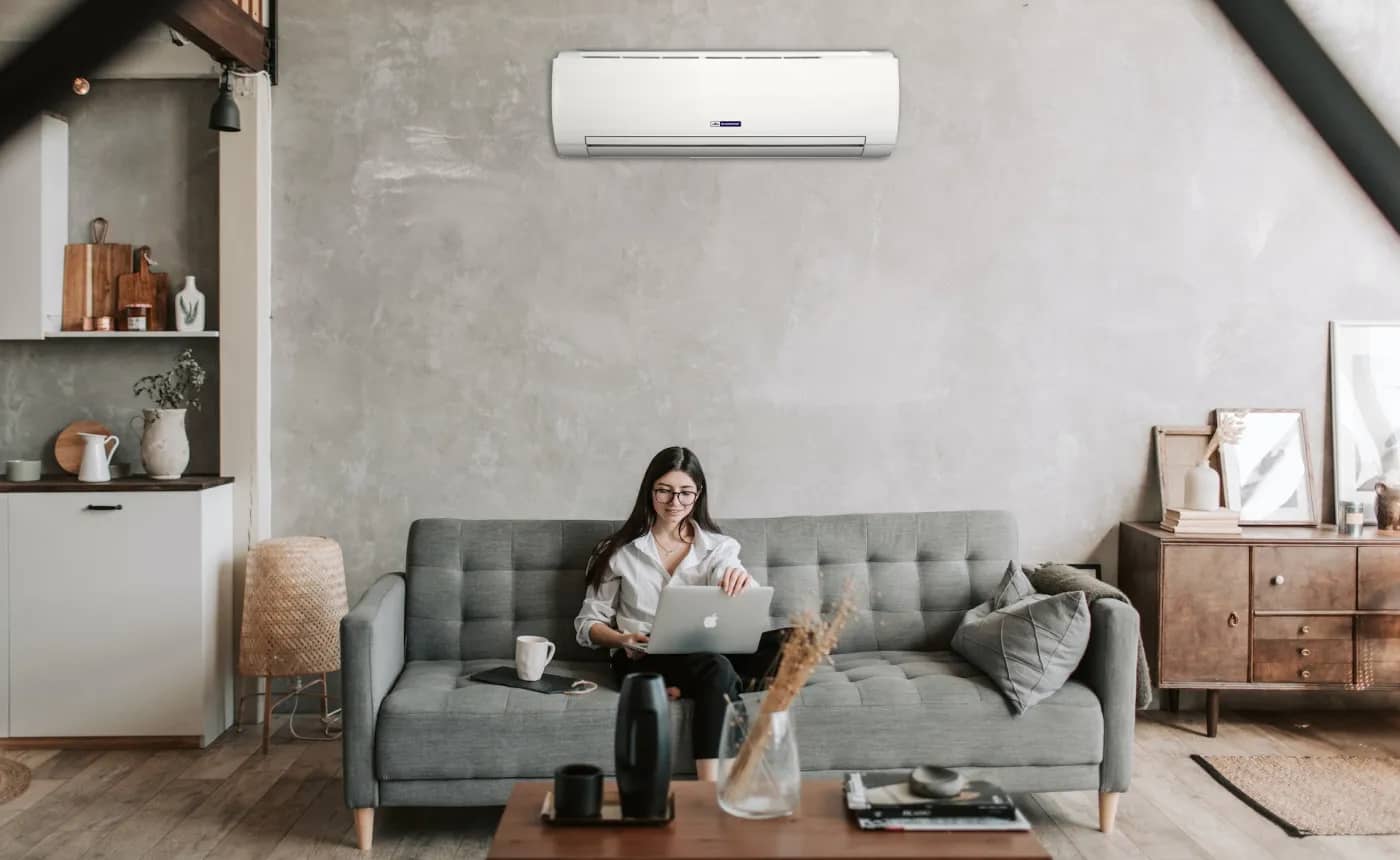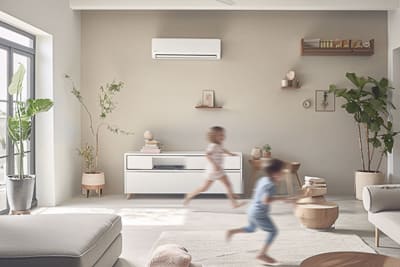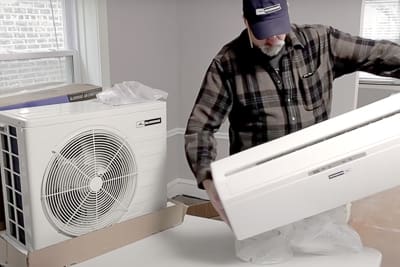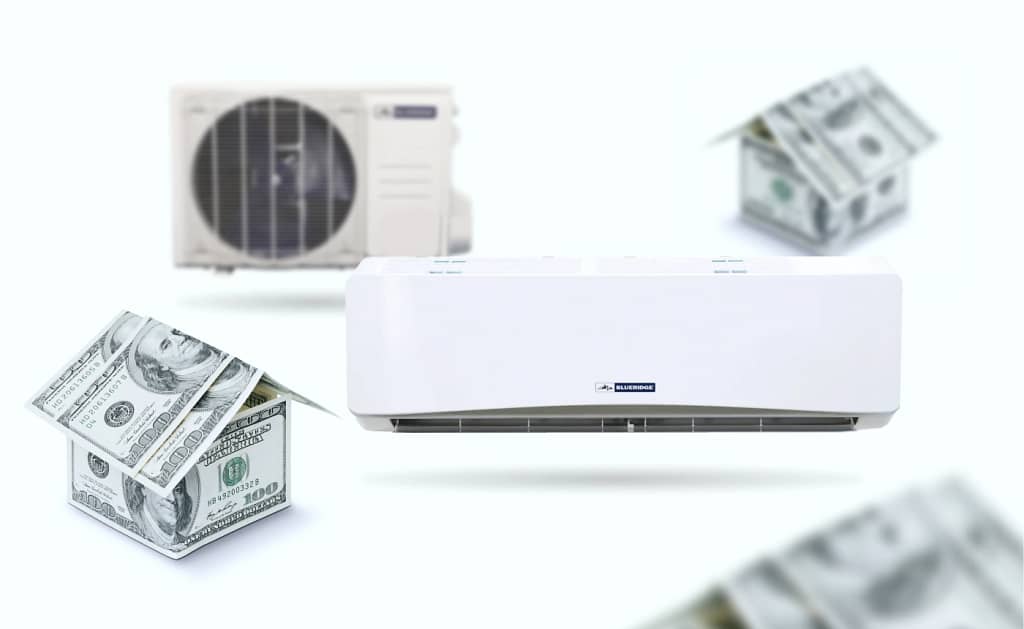
When preparing to purchase a ductless mini split air conditioner, you are probably thinking carefully about your investment and how much you need to budget for it. Whether you’re planning to install a mini split on your own or hire a professional for the job, one thing you’ll want to budget for is mini split installation cost.
In the world of ductless mini-split air conditioning systems, this part of the budget often surprises people when they realize how many factors affect the total cost to install a mini-split.
KEY TAKEAWAYS
- The cost to install a mini-split system includes several steps, all of which should be noted.
- Understanding the cost of each step will help you budget effectively.
- Several factors will influence the overall installation cost of your mini split system.
- When comparing mini-split costs to traditional HVAC systems, mini-splits are undoubtedly much more cost-effective over time.
- Upfront costs may vary, but mini-split systems offer long-term benefits that justify the investment.
No matter the product, knowing the installation cost upfront can be tricky. Knowing the cost to install a ductless mini split system is no different.
But the good news is this:
Considering your space, needs, and budget, you can understand the cost of installing your ductless mini split air conditioner, including any surprises.
Knowledge is power. Let’s ensure you are armed with as much of it as possible so you will know what to expect regarding your mini-split installation costs before you begin.
What factors influence mini-split installation costs?
The cost of installing a mini-split system can vary significantly based on several key factors.
- DIY or Professional Installation
A DIY installation is typically less expensive than having a professional do your mini-split installation.
However, if mistakes happen or challenges arise, using a professional from the beginning would have been more cost-effective. - Type and Size of the Mini Split System
Larger capacity systems or specialized models may require more complex installations, potentially driving up costs. - Number and Type of Indoor Units
Installing multiple indoor units, such as in a multi-zone system, will generally increase installation complexity and costs above what a single-zone system will be.
A multi-zone mini split is ideal for having multiple rooms to heat and cool.
Just know that with every added indoor unit, there will be more holes to drill, refrigerant lines to run, and units to install correctly.
Another mini split installation cost to consider is the type of indoor units you choose. Whether you’ve decided to go with ceiling cassettes, high-wall mounts, or low-wall mounts, the labor and material costs of each type of air handler unit can affect your installation costs. - Complexity of Mini Split Installation and/or Additional Accessories
A more intricate installation will cost more, not only in terms of your time or labor costs but also the materials and mini split accessories needed.
Whether you need longer line sets between the outdoor and indoor units or purchase line hides to conceal the refrigerant lines and improve the aesthetics of your home or office, these can increase the overall installation expenses. - Location and Accessibility of the Mini Split Units
The ease of accessing the installation site affects labor hours. Difficult-to-reach areas or spaces with limited access can lead to higher costs, whether paying someone to install them or taking up your time. - Assess Local Labor Rates
Labor rates can vary widely based on your location. Areas with higher living costs often have higher labor rates. - Additional Experts Needed
Even if you are an excellent DIYer, you will most likely outsource some tasks when installing your mini-split to an expert.
It is generally recommended that you hire an electrician to handle the wiring part of your mini-split heat pump installation.
Unless you are well versed in electrical work, a licensed electrician will know the safety protocols, local codes, and proper techniques for wiring the mini-split heat pump system with its indoor and outdoor units. Electrical work involves potential hazards, and mistakes can lead to safety risks, system malfunctions, or even damage to the equipment or your home or building.
An electrician ensures the wiring is correctly installed, grounded, and safely connected to power sources.
Though not all these factors pertain to each person’s situation, they are worth considering when calculating the total installation costs for your mini-split system.
Breaking Down Mini Split Costs: Installing Your New Ductless AC System
From the size of your home to labor costs in your area, several factors must be considered to get a realistic idea of your installation costs.
1. Number of Indoor Units
One of the primary factors affecting installation costs is the number of indoor units you plan to install.
Single-zone systems with only one indoor unit are typically more straightforward regarding installation.
Also, a single-zone mini-split heating and cooling system will require less labor and materials, which can add up when a multi-zone system is installed.
Let’s look at the reasons behind this more carefully:

A Single Zone Mini Split System:
As the name suggests, single-zone systems provide heating and cooling to a single room or zone.
They are generally less expensive to install because they require only one indoor unit and a simplified refrigerant line setup.

A Multi Zone Mini Split System:
On the other hand, multi-zone systems serve multiple rooms or zones independently.
This versatility comes with added installation complexity and costs since it will involve multiple indoor units, longer refrigerant lines, and potentially more significant electrical work.
2. Installation Difficulty Level
The ease or difficulty of installation is crucial in determining costs for mini splits.
A straightforward installation in a new home with pre-existing electrical and refrigerant line pathways will typically be more affordable than installing a mini split into a significantly older home or where a central air conditioner has been before.
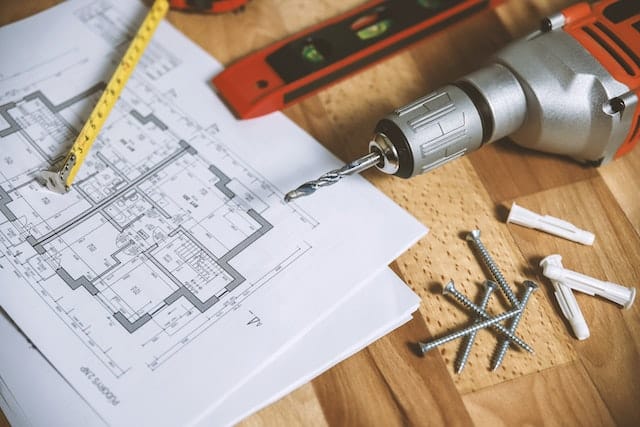
3. Local Labor Rates
An HVAC duct system begins with air being drawn into the HVAC outdoor unit — where it is heated or cooled — and then pushed through the ductwork by a fan.
The ducted system then distributes the conditioned air through vents and/or registers in walls, ceilings, or floors throughout the home or building.

The hope with a ducted system is that it will give even air distribution to all rooms while maintaining a comfortable indoor temperature.
4. Structural Modifications to Your Existing Space
Structural modifications to your home or building may sometimes be necessary to accommodate new ductless mini-split systems.

This can sometimes mean creating new wall openings for refrigerant lines or strengthening walls to support wall-mounted air handlers or accommodate outdoor units.
The extent of structural modifications required can significantly impact installation costs, so you should research and consult with experts before you set your final installation budget.
5. Brand and Model
While not a direct installation cost, your mini split brand and model choice can influence the overall project cost.
And though the brand itself doesn’t directly determine installation prices, it can influence costs through several related factors, such as the system’s complexity, quality and design, warranty, and level of customer support.
To get an accurate estimate for your mini split installation, consider all these factors before deciding on the brand and manufacturer you will use.
Another option is to contact the manufacturer directly and ask them some of your more specific questions about their mini split units and the installation costs and concerns.

A reputable company like Alpine Home Air can explain the installation costs or connect you to a respected HVAC professional in your area who can help.
Additional Installation Costs to Consider
While the basic installation of a mini-split system covers the core components, several additional costs and considerations should be factored into your budget:
- Accessories: Mini split installations often require accessories to enhance functionality and aesthetics. These accessories can include line covers to protect and conceal refrigerant lines, wall brackets to secure the unit’s placement, and condensate pumps to manage moisture.
The choice of accessories can vary depending on the installation’s complexity and the specific requirements of your space. - Thermostats and Controls: Upgrading or installing thermostats and control systems can add to the overall cost of a mini-split installation.
Modern mini-split systems often come with smart thermostats that offer precise temperature control and energy-saving features. These advanced controls may have a higher upfront cost but can lead to increased comfort and energy efficiency over the long term for your home and your overall budget. - Electrical Work: Ensuring your electrical system is compatible with the mini split’s power requirements is crucial.
If your electrical panel needs an upgrade or additional circuits are necessary, these electrical modifications can incur extra costs.
Though many homeowners will consider doing a DIY installation, hiring a qualified electrician to assess and make any necessary adjustments to the electrical infrastructure is highly recommended for a multi-zone or single-zone mini-split installation. - Maintenance Agreements: While not a direct installation cost, some homeowners will purchase long-term maintenance agreements.
Though mini-splits require less intensive and complicated maintenance than ducted central air conditioning systems, regular maintenance is still important to keep your mini-split system operating efficiently and extending its lifespan.
Maintenance agreements with HVAC professionals can help you budget for ongoing servicing and repairs, ensuring your system remains in optimal condition. - Unforeseen Expenses: Remember that unexpected issues may arise during the installation process.
These include structural challenges, hidden obstacles within walls or ceilings, or unexpected complications.
A contingency budget for unexpected expenses is advisable to prevent delays and ensure a smooth installation. - Permits and Inspections: Depending on where you live, your local building codes may require permits and inspections for mini-split installations.
Be sure to factor in these costs. Obtaining the necessary permits and ensuring compliance with regulations is essential to avoid potential legal issues and ensure safety. - Extended Warranties: Some manufacturers offer extended warranties for additional coverage beyond the standard warranty.
While this is not an upfront cost, it’s worth considering for long-term peace of mind, even before you begin installation.
Extended warranties can protect your investment by covering repair or replacement costs for an extended period.

By accounting for these additional costs and factors in your mini-split budgeting process, you can ensure a successful installation without unexpected financial surprises.
Consulting with reputable HVAC professionals and obtaining detailed cost estimates for your specific ductless mini-split system will help you make informed decisions and plan accordingly.

Budget-Friendly Solutions for Mini Split Costs
Managing the costs of installing a mini-split system doesn’t mean sacrificing comfort or performance. By making informed decisions and considering various factors, homeowners can balance upfront expenses and long-term savings. Here are practical strategies to help you navigate mini-split costs while ensuring optimal heating and cooling comfort:
- Opt for the Right System Size: Choosing the appropriate system size based on the square footage of the area you intend to cool or heat is crucial. Avoid oversizing the system, as it can lead to unnecessary upfront costs and energy wastage. An accurately sized system will operate efficiently and effectively, delivering the desired comfort without overburdening your budget.
- Balance SEER Ratings with Long-Term Savings: While higher SEER ratings indicate better energy efficiency, consider the balance between initial costs and long-term savings. Opting for a system with a slightly lower SEER rating may have a more budget-friendly upfront cost while offering significant energy savings compared to traditional HVAC systems.
- Harness Zoning Capabilities for Efficient Usage: Mini split systems’ zoning capabilities allow you to customize the heating and cooling of specific areas in your home. This feature prevents unnecessary energy consumption by conditioning only the spaces that need it, optimizing comfort, and reducing operational costs.
- Consider Professional Installation or Excellent Customer Support for DIY-ers: If you opt for DIY installation, ensure you can access excellent customer support from the manufacturer or distributor. Clear instructions, video tutorials, and expert assistance can prevent costly mistakes during installation. If professional installation is preferred, it ensures proper setup and efficient operation, minimizing the risk of potential issues down the road.
- Emphasize Regular Maintenance and Service for Cost Savings in the Long Run: Regular maintenance is key to extending the lifespan of your mini-split system and preventing costly repairs. Cleaning or replacing filters, checking refrigerant levels, and ensuring proper airflow can maintain the system’s efficiency and prevent unexpected expenses. A well-maintained system runs smoothly, consumes less energy, and reduces the likelihood of breakdowns.
- Explore Financing and Incentive Options: Investigate financing options from manufacturers, distributors, or financial institutions. Some programs offer flexible payment plans that make it easier to manage upfront costs. Additionally, inquire about any available rebates, tax incentives, or energy efficiency programs that can offset the initial investment.
- Plan for the Long Term: When considering mini-split costs, think beyond the initial purchase. Evaluate the potential savings in energy bills over the system’s lifespan. Investing in a slightly higher-cost, energy-efficient system can pay off over time through reduced utility expenses.
Following these strategies, you can navigate mini-split costs while maintaining optimal comfort and efficiency. Alpine Home Air offers a range of options to suit various budgets and needs, ensuring you can enjoy the benefits of a ductless mini-split system without breaking the bank.
Comparing Costs: Mini Split Cost Vs. Traditional Systems
When considering heating and cooling options for your home, it’s essential to assess the cost-effectiveness of different systems.

Mini-split systems offer a compelling alternative to traditional HVAC systems, and comparing their costs can provide valuable insights into the potential savings and benefits.
Here’s a closer look at how mini-split costs stack up against those of traditional systems:
Initial Investment Vs. Long-Term Savings Potential
While the upfront cost of installing a mini-split system may be higher than that of a traditional system, it’s essential to consider the long-term savings potential.
According to a recent Forbes Home article, a typical mini-split installation will cost between $2,000 and $14,500, depending on the size of your home, the size and efficiency of the mini-split unit(s), and local labor rates.
The article says most homeowners will spend $3,000 for a mini-split installation, including materials and labor.
Mini-splits are renowned for their energy efficiency and precise temperature control, leading to reduced energy consumption and lower utility bills. Despite the initial investment, homeowners often experience significant financial benefits throughout the system’s lifespan.
Improved Energy Efficiency Leading to Lower Utility Bills
One of the standout advantages of mini-split systems is their exceptional energy efficiency.
Unlike a traditional central AC system that relies on ductwork, a mini-split air conditioner delivers conditioned air directly to specific areas, minimizing energy losses associated with poorly installed ductwork, duct leaks, and other inefficiencies that often appear over time with a central system.
This targeted approach translates to lower energy consumption and subsequently reduced utility bills.

Most home and business owners find that the energy savings of a ductless system quickly offsets the initial cost difference between a mini-split and a traditional system.
Multi-Zone Mini Split Options for Enhanced Efficiency
Another factor to consider when looking at cost differentials between a mini-split and central air is a mini-split’s option of zoned comfort.
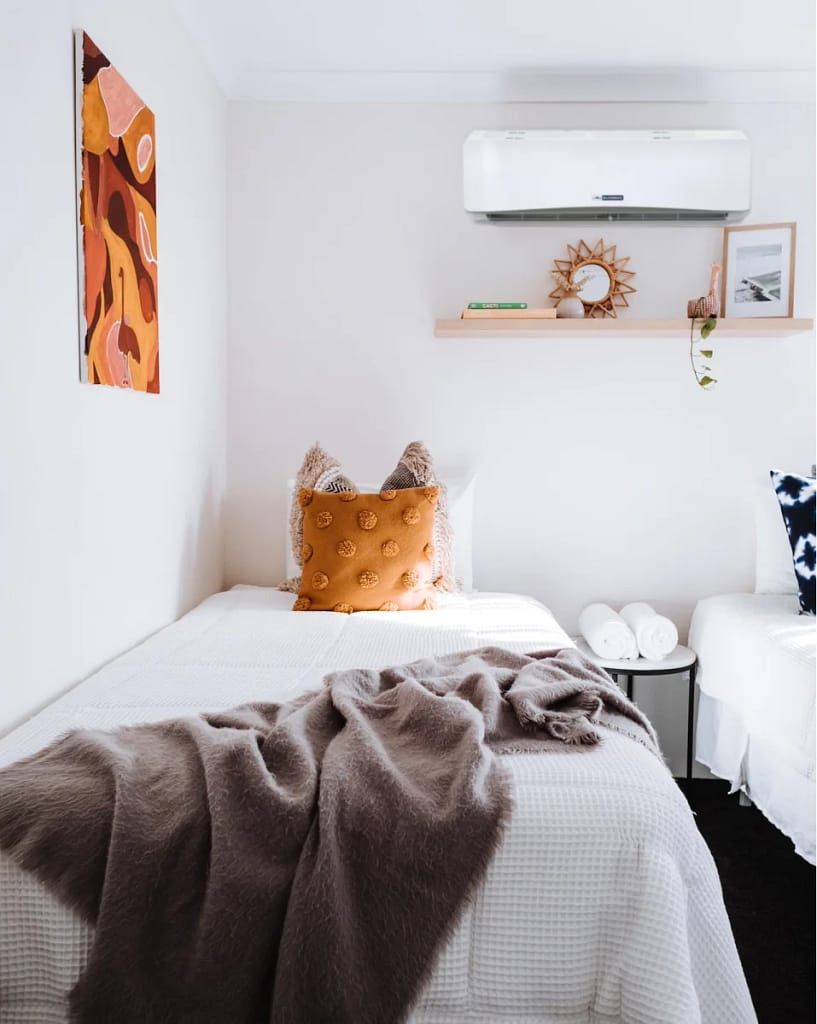
A multi-zone mini system is perfect for homes or buildings with diverse comfort needs across different areas or rooms.
These systems offer an efficient and customizable solution for maintaining ideal temperatures in various zones while optimizing energy consumption.
Whether you have a larger home, a multi-story building, or spaces with varying occupancy patterns, multi-zone mini-splits provide several advantages that make them an ideal choice. They offer enhanced flexibility and personalized comfort by allowing temperature control in multiple areas or zones within your home independently.
In traditional HVAC systems, a single, centrally-located thermostat determines how much conditioned air travels to all parts of the house. Conversely, a multi-zone mini-split system divides your living space into distinct zones, each with its indoor unit and thermostat. Each indoor unit provides precisely the amount of heating or cooling needed in it’s zone; no more, no less. This innovative approach caters to your comfort preferences while meeting your energy-saving goals.
Reduced Maintenance and Repairs
Traditional HVAC systems often involve extensive ductwork that requires regular maintenance to prevent leaks, clear blockages, and reduce or repair inefficiencies that may appear over time.
Mini split systems, with their ductless design, are inherently simpler to care for and require less maintenance over time.
This can result in significantly lower repair bills and preventative maintenance costs, contributing to the system’s overall cost-effectiveness.
Mini Split Installation Cost Vs. Traditional HVAC Installation Cost
One of the most innovative design aspects of a mini-split system is its installation flexibility, which can significantly reduce its upfront cost.

Because a ductless mini-split AC doesn’t require installing ductwork, equipment and labor costs can be greatly reduced.
Ductless mini-split systems also have the unique advantage of being a potential DIY project by homeowners who enjoy the process and have the necessary skills.
Unlike traditional HVAC systems that require installing complex ductwork, ductless mini-splits have a simpler setup, making them an attractive option for those inclined to DIY.
Alpine Home Air employs a team of HVAC experts to provide unlimited technical support to its customers. Live support, along and instructional videos can help you decide if a DIY mini-split installation is right for you.
Making Mini Split Installation Costs More Affordable: Government Credits
One of the biggest perks of purchasing a mini-split air conditioner is the energy efficiency of these systems.
Because of their energy efficiency, mini-split systems often qualify for government rebates and tax credits, which help offset their initial cost.
Depending on your location and specific eligibility criteria, you may be eligible for incentives that promote energy-efficient HVAC solutions. These incentives can significantly reduce the overall expense of your mini-split system.
Various regions offer rebates, grants, and/or tax credits to encourage the adoption of energy-efficient technologies.
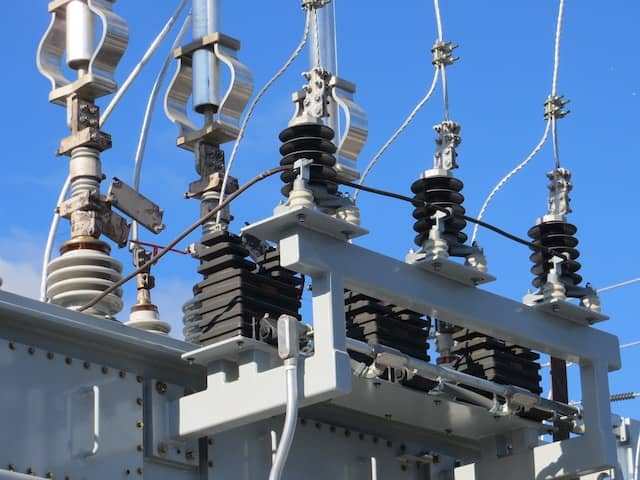

These financial incentives make installing a mini-split more affordable and contribute to environmental sustainability by reducing energy consumption.
Alpine’s Learning Center offers more information about these governmental incentive programs, including what tax rebates or credits are available in your area.
How to Avoid Hidden Mini Split AC Installation Costs
Installing a mini-split AC system offers numerous benefits, from enhanced energy efficiency to customized comfort. However, homeowners should know potential hidden costs and pitfalls to ensure a successful installation process.
Inadequate or Incorrect Sizing of the Ductless Mini Split Air Conditioning System:
One of the most critical aspects of a mini split installation is selecting the right size for your space.
Inadequate sizing of mini splits can lead to inefficiency since an undersized system will struggle to cool or heat effectively.
Conversely, an oversized mini-split system may cycle on and off frequently, wasting energy and causing wear on components.
It’s essential to have a professional perform a proper load calculation to determine the correct system size that matches your home’s cooling and heating demands.
Incomplete Mini Split AC Installation that Compromises Efficiency:
Cutting corners during installation can result in incomplete or improper heating and cooling system setup, reducing efficiency and performance.
Components like the line set, wiring, and drainage must be installed according to the manufacturer’s guidelines to ensure smooth operation.
Neglecting these aspects can result in leaking refrigerant lines, poor airflow throughout the unit, and drainage issues, which can decrease your system’s efficiency over time.
Cutting Corners to Reduce Costs, Leading to Future Issues:
While cost-conscious decisions might seem appealing initially, they can incur additional expenses later.
Opting for a DIY installation or hiring inexperienced installers to save money might save you some dollars, but these options can result in mistakes, subpar performance, and eventual repairs.
Quality installation pays off in the long run. Whether you do it yourself or hire professionals, ensure everyone follows correct setup guidelines and reaches out when help is needed.
Contact Alpine Home Air Products for an Accurate Install Cost Analysis
When you are ready to explore ductless mini-split options and want help figuring out total installation cost, consider Alpine Home Air.

With over 20 years of experience in the HVAC industry, Alpine has grown to be a trusted leader with a reputation for providing efficient, cost-effective, and reliable HVAC solutions.
Alpine’s mini-split systems deliver comfort and value, offering innovative technology, exceptional performance, and outstanding customer support.
With Alpine’s ductless mini split products, you can invest in your planet, your home’s comfort, and your family’s budget for years to come.
Reach out today and take the next step with Alpine Home Air.

